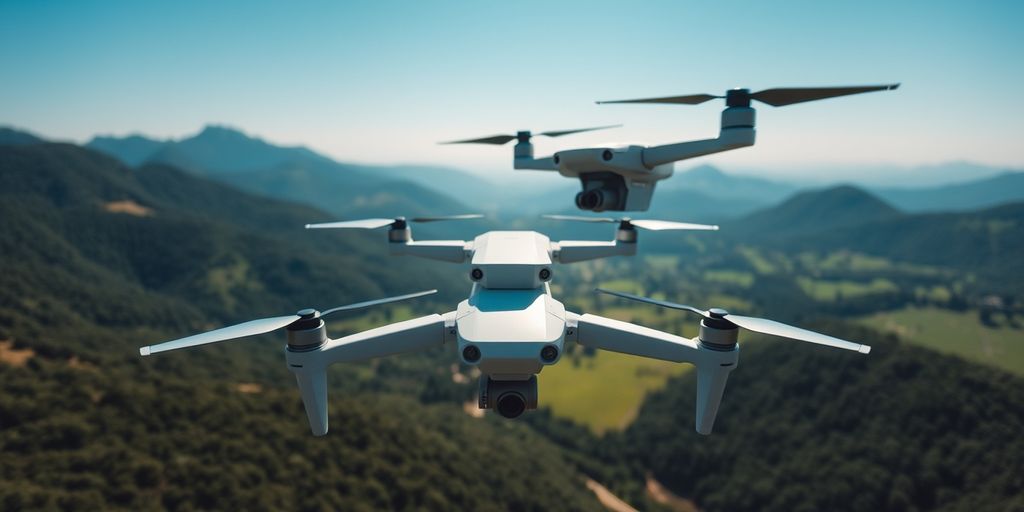
- Smooth movements are essential for producing high-quality footage.
- Adjust your gimbal settings to achieve better control.
- Utilize flight modes effectively to enhance stability and control.
- Incorporate foreground elements for depth and parallax effects.
- Plan your flights to maximize battery life and capture the best shot opportunities.
The Evolution of Drone Technology
Since the release of the original DJI Phantom in 2013, drone technology has undergone significant advancements. However, the fundamentals of capturing breathtaking aerial footage remain unchanged. Mastering these basics can dramatically enhance your cinematography skills.
Smooth Movements: The Foundation of Great Footage
Making smooth movements is one of the simplest yet most effective ways to improve aerial footage. Here are some tips:
- Slow and Steady: Move the control sticks gently to avoid jarring movements.
- Practice Small Movements: Begin with small, controlled movements to get a sense of the aircraft.
- Return Smoothly: Always return the control sticks to the center position smoothly and gently.
Gimbal Settings: Fine-Tuning Your Control
In addition to aircraft movement, gimbal settings play a crucial role in achieving smooth footage.
Here’s how to optimize Adjust Gimbal Pitch Speed: This controls how quickly the gimbal moves.
- Set Gimbal Smoothness determines how quickly the gimbal starts and stops moving.
- Choose the Right Flight Mode: DJI drones typically offer various modes, including Tripod, Sport, and Positioning. Tripod mode is best for smooth movements.
Understanding Flight Modes and Sensitivity
Understanding your drone’s flight modes can significantly impact your filming:
- Tripod Mode: Offers the smoothest movements, ideal for cinematic shots.
- Positioning Mode: Provides a balance between speed and control.
- Sensitivity Settings: Adjusting the exponential curves allows you to control the sensitivity of your inputs for more precise movements.
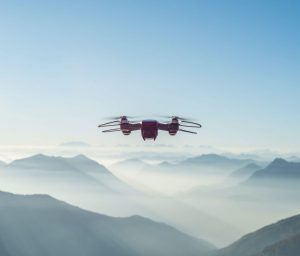
Creating Depth with Foreground and Background
To create a more dynamic shot, incorporate foreground elements:
- Parallax Effect: This occurs when there’s a significant difference between foreground and background elements. Simply flying parallel to your subject can create this effect.
- Orbiting: For those with advanced drones, orbiting your subject can enhance the parallax effect.
The Importance of Flying Low
While drones can reach impressive altitudes, the most dynamic footage is often captured at lower altitudes. Here’s why:
- Sense of Movement: Flying low accentuates speed and creates a more engaging visual experience.
- Identifiable Objects: Keeping the drone low helps maintain a sense of scale by including recognizable objects in the frame.
Composition: Less Sky, More Ground
When composing your shots, avoid giving too much space to the sky:
- Rule of Thirds: Keep the horizon in the upper third of your frame to create a more balanced composition.
- Reveal Shots: Ensure the horizon remains at the upper third mark during movement.
Don’t forget that audio can significantly enhance the production value of your footage:
- Natural Sounds: Incorporate sounds that complement the visuals, such as the sound of waves crashing or footsteps in the snow.
- Synchronization: Ensure audio cues align with visual movements for a more immersive experience.
Maximizing Flight Time
With an average flight time of about 30 minutes, it’s essential to maximize your time in the air:
- Familiarize Yourself: Know your drone’s companion software, and avoid wasting time on settings mid-flight.
- Create a Flight Plan: Use tools like Google Earth to scout locations and plan your shots.
- Extra Batteries: Always have fully charged batteries to extend your shooting time.
Camera Settings: Preparing for Success
Before taking off, ensure your camera settings are optimized:
- Shutter Speed: Follow the 180-degree shutter rule for the best results.
- ND Filters: Use these to control exposure and maintain sharpness.
- White Balance: Manually set your white balance to avoid color shifts during your shots.
Conclusion: The Art of Aerial Cinematography
Combining these techniques will help you create compelling aerial footage. Remember, there’s no one-size-fits-all approach; creativity and practice are essential. By mastering smooth movements, understanding your equipment, and planning your shots, you can elevate your drone cinematography to new heights. Happy flying!
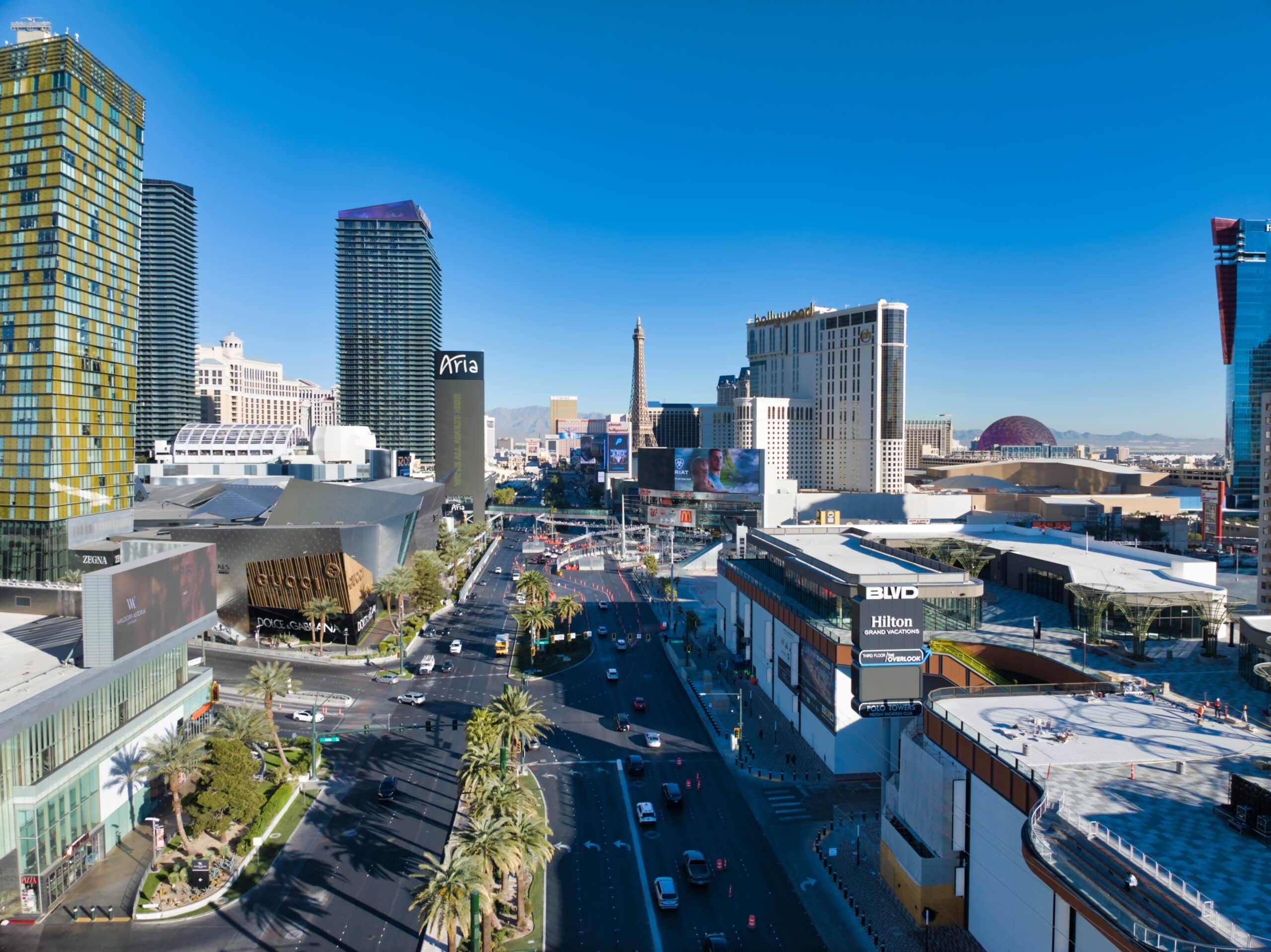
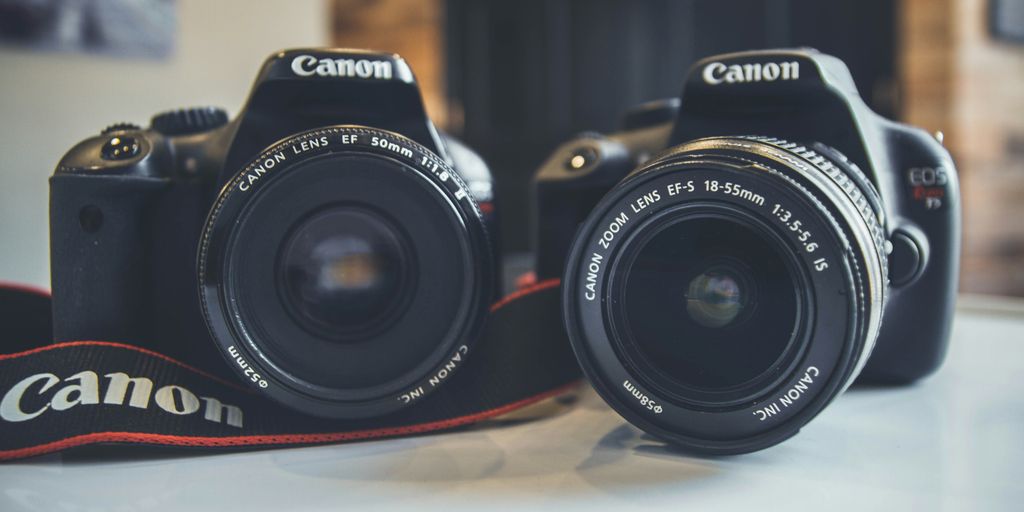
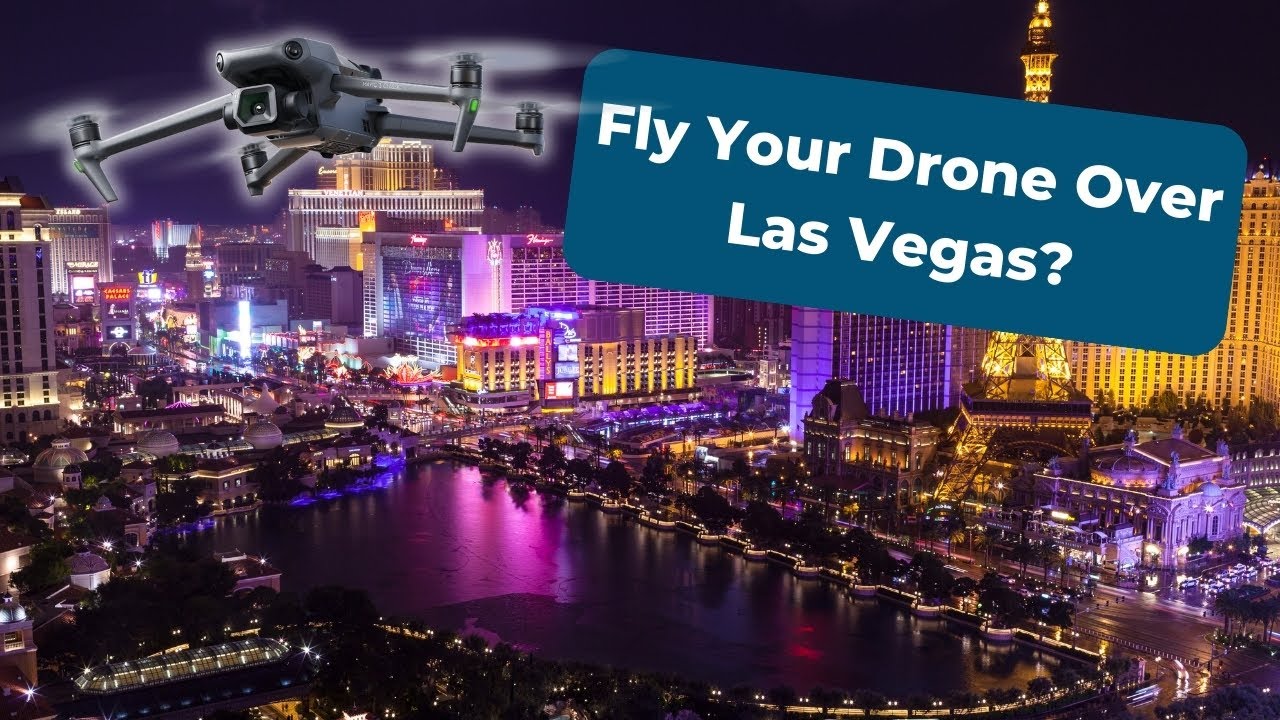
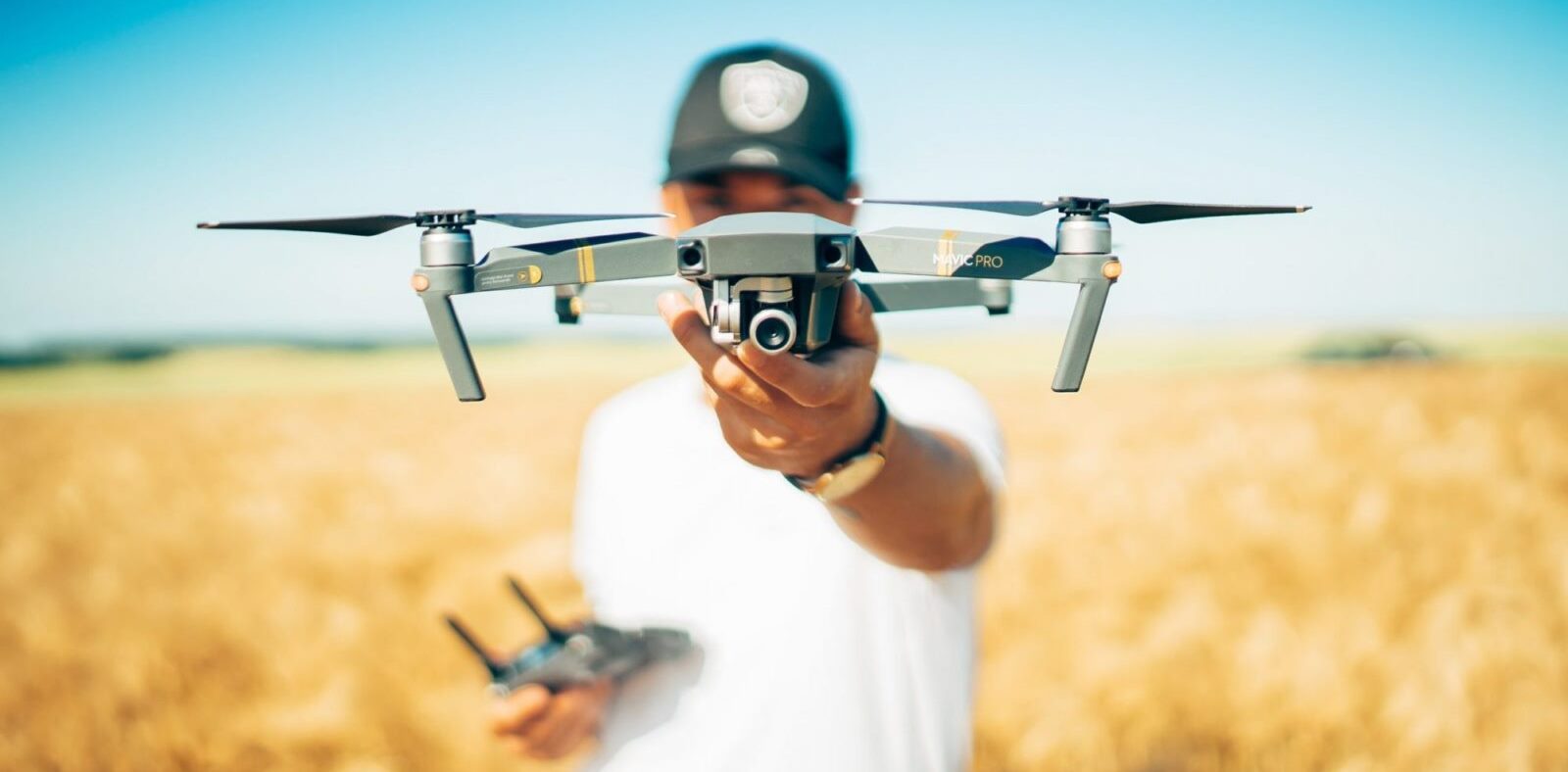

Comments are closed.